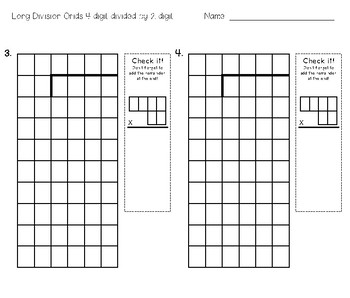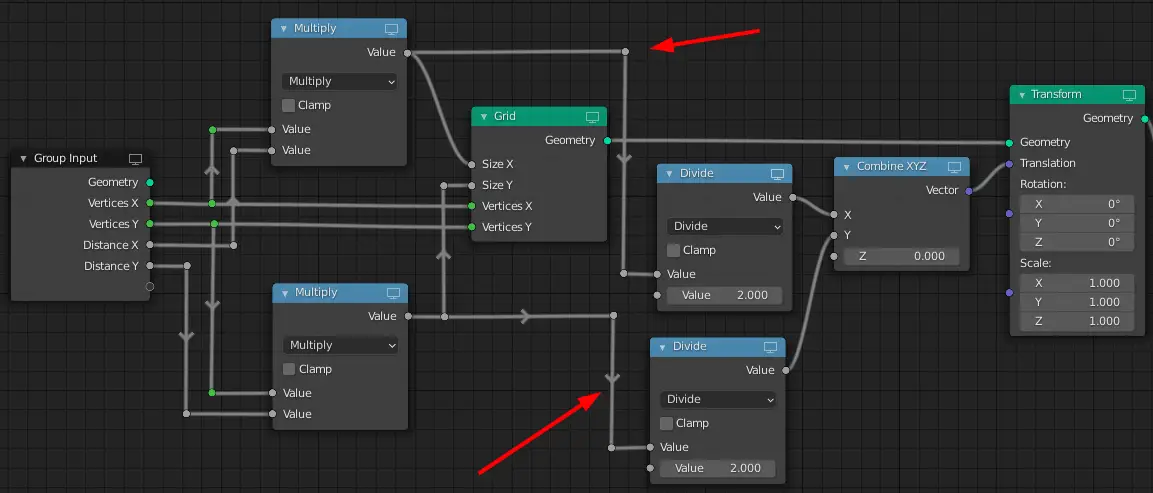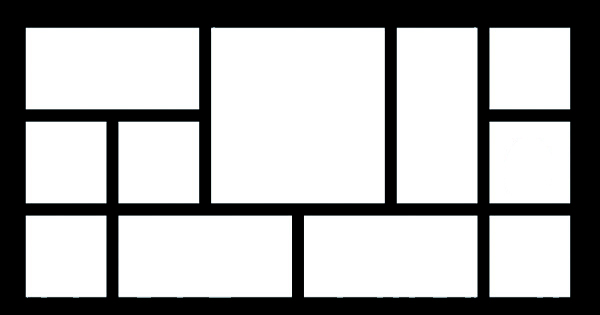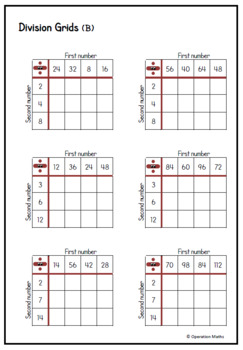


The idea for developing split-image, came from the need to streamline a process I had to do fairly frequently for MapChart‘s social media.Įach time I shared a map made with MapChart on its Instagram account, I wanted to additionally post the map split into 4 zoomed-in parts. This is a short overview of how I developed split-image in the span of a few days, the problem it solves, and example use cases. Split-image is a Python package that you can use from the command line to quickly split an image into grid tiles: It’s nice to know that such a simple program, with under 100 lines of code, is helping so many developers. If you want to have all frames placed side by side in a single image file, we also offer GIF to Sprite Sheet converter.Recently, I was happily surprised to see that split-image, a Python package I published on PyPi, has 200+ downloads per month. If you keep the file names unchanged, it will preserve the frame order and duration. You can also download the ZIP file, edit some frames in the image editor of your choice and then upload a new ZIP archive back to GIF maker. It will take you to the GIF maker window.

If you want to rearrange frame order or remove some frames and restore animation, click the "Edit animation" button.

It can extract individual frames from various animated image formats such as Animated GIF, APNG, WebP, FLIF, AVIF, and MNG.Īfter decompressing the GIF file, you can download specific frames (right-click the image and select Save image as.) or save them all at once as a single zip file by clicking "Download frames as ZIP archive." GIF explode tool, splitter, decompiler - call it whatever you want. This online tool is designed to convert animated images into a equence of images to edit or view them separately. Animated GIF, APNG, WebP, FLIF, AVIF and MNG frame splitter (extractor/decompiler)


 0 kommentar(er)
0 kommentar(er)
